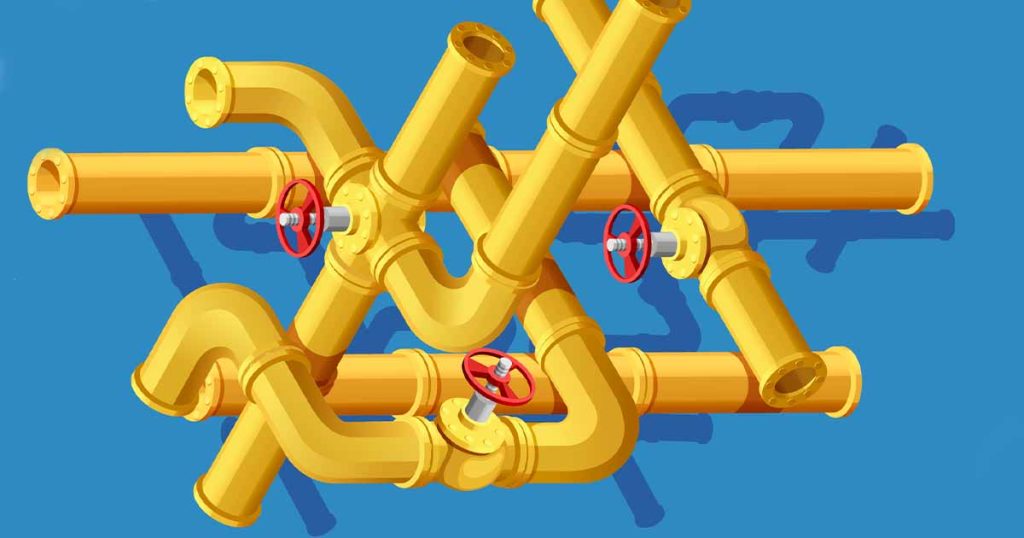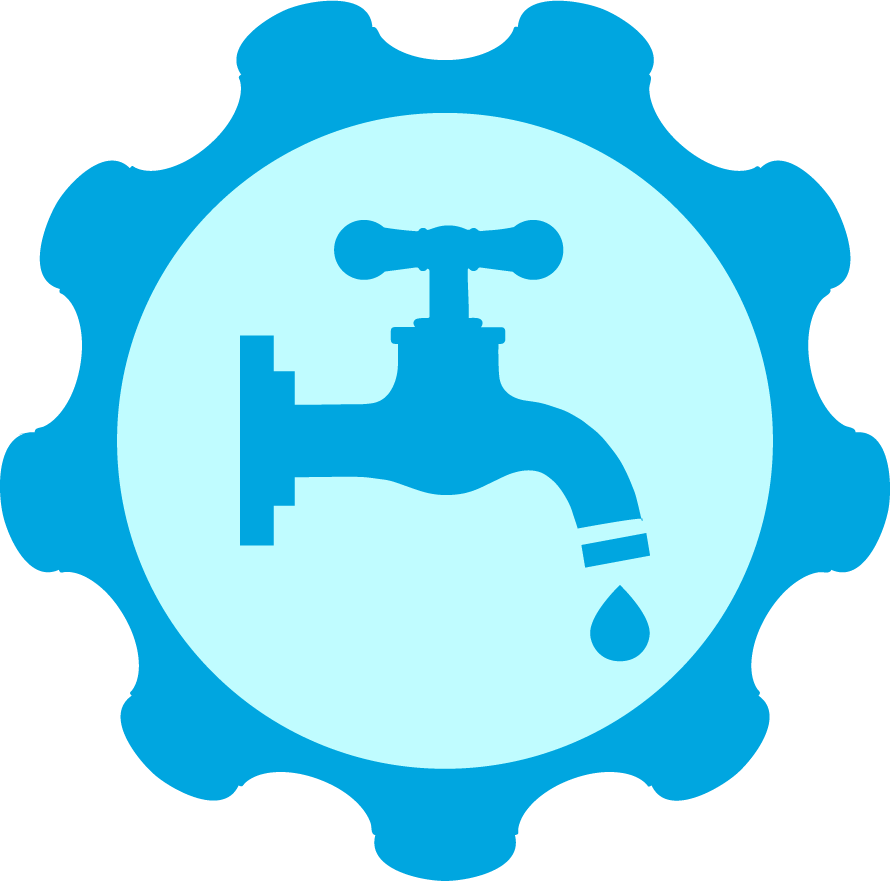Understanding Backflow Preventer Inspections: A Comprehensive Guide

Backflow is a plumbing problem that can have profound health implications. It occurs when non-potable water flows backward into the clean water supply, potentially introducing harmful contaminants. Common triggers include pipe freezing, burst water mains, or multiple fire hydrants opening simultaneously, all of which can cause a reversal in water flow.
To combat this, backflow prevention devices are installed in plumbing systems. These devices require regular inspections by licensed professionals, typically once a year, to ensure they function effectively. Let’s explore everything you need to know about backflow preventer inspections, including the process, device types, and why they’re so important.
Table of Contents
What Is a Backflow Prevention Device?
A backflow preventer is a specialized plumbing device designed to prevent water from flowing backward into the potable water supply. It uses a series of valves to ensure water flows only in one direction, protecting your water system from contamination.
Types of Backflow Prevention Devices
Backflow preventers come in two main types, each designed for specific applications:
- Reduced Pressure Principle Devices (RPP)
- Commonly found in commercial and industrial environments.
- This includes two check valves and a relief valve discharging contaminated water in a backflow situation.
- Offers a high level of protection against contamination.
- Double-Check Valve Devices
- Often used in residential and smaller commercial systems.
- It consists of two check valves but lacks the relief valve of RPP devices.
- Provides reliable protection for moderate backflow risks.
Why Regular Inspections Are Essential
Both types of devices can experience issues, such as leaking or stuck valves, compromising their ability to prevent contamination. Regular inspections ensure your backflow preventer is functioning correctly, safeguarding your water supply and keeping you compliant with local regulations.
What Happens During a Backflow Preventer Inspection?
1. Initial Assessment
- Shut-Off Valve Check: The plumber closes the downstream shut-off valve to isolate the device.
- Visual Inspection: The device and its surroundings are checked for signs of wear, leaks, or damage.
2. Pressure Testing
- Connecting the Test Kit: Test hoses are attached to nozzles on the device, called test cocks.
- Measuring Pressure: Specialized tools measure pressure at various points to ensure the valves maintain the proper pressure differential.
- Analyzing Data: Any inconsistencies in the pressure readings may indicate a malfunction.
3. Functional Testing
- Valve Operation: The plumber applies pressure to check that valves allow water to flow in only one direction and effectively block reverse flow.
- Relief Valve Check: For RPP devices, the relief valve is tested to ensure it releases water as intended during backflow conditions.
4. Reporting and Recommendations
- Inspection Report: A detailed report is provided, confirming whether the device passes inspection. If it passes, the plumber issues a certification your local water authority requires.
- Maintenance Advice: If problems are identified, the plumber will recommend repairs or replacements to restore proper functionality.
Certification and Requirements
In most areas, only licensed plumbers certified in backflow prevention are authorized to inspect, repair, or install these devices. This ensures compliance with local regulations and protects public health.
Cost of a Backflow Preventer Inspection
The price of an inspection varies based on factors such as:
- The type and complexity of your backflow prevention device.
- The layout of your plumbing system.
- Local rates for plumbing services.
PlumberHelp offers transparent pricing and flexible financing options, so you’ll never face unexpected costs.
How PlumberHelp Can Assist You
When it comes to protecting your water supply, PlumberHelp provides:
- Certified backflow preventer inspections for residential, commercial, and industrial properties.
- Expert advice and maintenance to keep your plumbing compliant.
- Repairs or replacements when devices fail to meet standards.
With PlumberHelp, you’ll have peace of mind knowing your water supply is protected from contamination risks.
Schedule Your Backflow Preventer Inspection Today
Regular backflow preventer inspections are critical for ensuring safe, clean water in your home or business. Let the experts at PlumberHelp handle it for you!
📞 Call us at 888-886-3881 or visit our website to schedule an inspection at your earliest convenience. With PlumberHelp, you can protect your plumbing system, ensure compliance, and safeguard your water supply!
